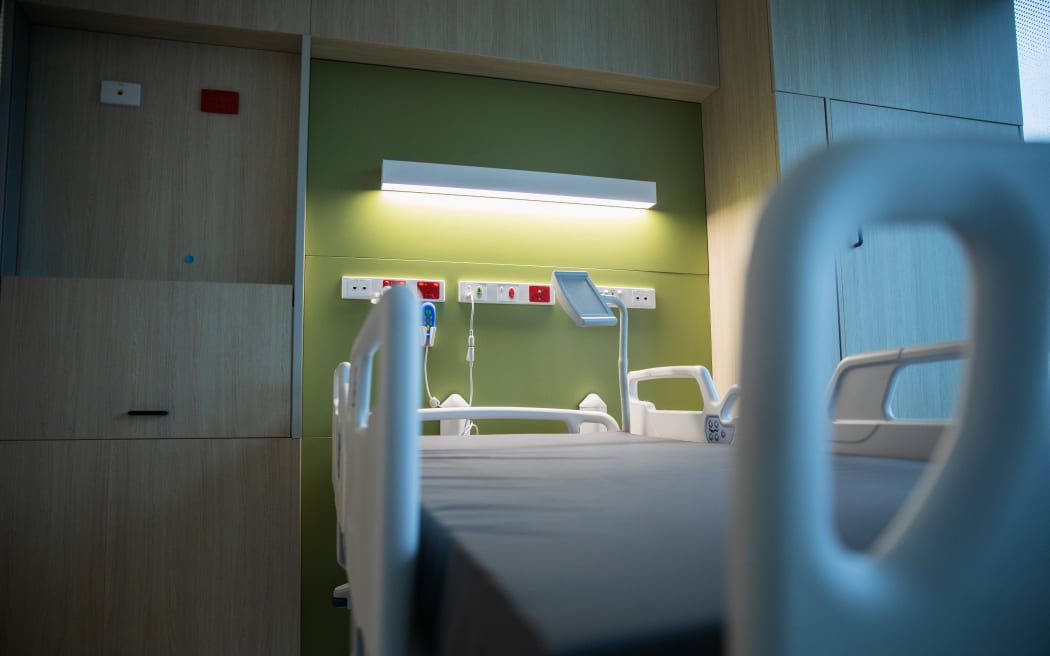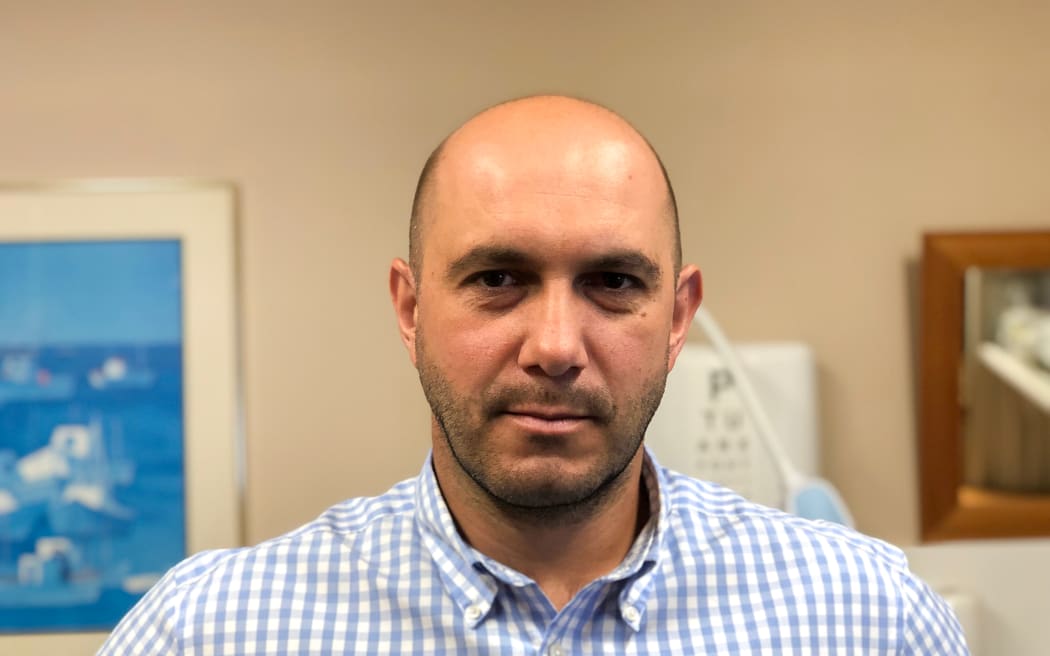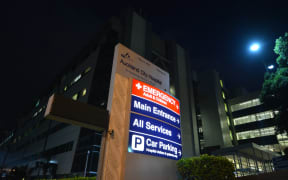
Preventable hospital admissions for babies and pre-schoolers have shot up by 35 percent. Photo: RNZ / Samuel Rillstone
A spike in the number of pre-schoolers being hospitalised for illnesses that should have been picked up earlier is worrying, an Auckland GP says.
The latest Te Whatu Ora figures show in June, preventable hospital admissions for babies and pre-schoolers shot up by 35 percent compared with the same time last year.
Henderson GP and Māori clinical advisory to the Immunisation Advisory Centre, Dr Mamaeroa David, said her practice had recently closed its books because patients were waiting too long for appointments.
"When I do actually see the patients, it's a very complex appointment because they've had to wait three weeks to actually be able to talk about what's been worrying them.
"There's just multiple layers of complications right now, and our babies are unfortunately the ones bearing the brunt of it."
Her clinic reserved eight appointments every day for children with urgent needs, but it was still not enough to see everyone, David said.
The data showed a surge in the number of young children admitted to hospital with asthma, pneumonia, upper respiratory and ear, nose and throat infections, as well as gastro-enteritis, dehydration and cellulitis.
Preventable admissions were up nation-wide, but Auckland was hit particularly hard with rates soaring by more than 60 percent.
Pasifika children aged zero to four were worst-affected, with their hospitalisation rate increasing 45 percent.
David said the number of viral infections made it feel like one long 18-month winter season, with children bearing the brunt of the pressures on primary care.
Māori paediatrician and incoming president of the Paediatric Society Dr Owen Sinclair said the data showed how inequitable Aotearoa's health system was.
"Our health system really does have winners and losers. Certain groups have always done much worse than others, it depends where you live, it depends what ethnicity you are."
The most sensible response would be to focus more resources on prevention, he said.
"If our hospital system is getting inundated with children with amenable diseases, a smart thing to do might be to invest in processes that stop them [becoming unwell] in the first place," he said.
Meanwhile, emergency doctors warned wait times would continue to track up without urgent work to free up hospital beds. More than 331,000 people sought treatment at emergency departments (EDs) in the three months to the end of June, an increase of about 5 percent on the same period last year (314,452).
New Zealand chair of the Australasian College for Emergency Medicine, Kate Allan, said that was in line with what was expected due to population increase.
"But what that number doesn't show is the increased complexity of those patients, which is difficult to measure. Our patients are coming in with more difficult problems that are more difficult to fix, and they're spending longer in hospital, which impacts on those waiting to come in."
So-called 'bed block' was the root cause of the longer wait times in EDs, she said.
Te Whatu Ora figures data showed the percentage of patients waiting no longer than six hours in EDs - the benchmark measure - shrank from 75.9 percent in the June quarter last year to 71.2 percent this year. Emergency departments had little control over these wait times, Dr Allan said.
"We continue to look at ways we can do this better, process better, and move people through our system better. But if we've got people who are unable to move through the system and there's just a continuing block, it's literally like wading through mud."
Pressure on EDs could only be fixed by freeing up hospital beds, through creating more capacity in aged care and mental health, she said.
'Reflective of an entire system that is under strain'

Luke Bradford says the statistics are reflective of strain of the entire system. Photo: Supplied
Royal College of GP medical director Dr Luke Bradford said the data painted a grim picture.
"The fact that we saw an almost universal decrease in performance was a bit of a disappointment," he said.
"I think it's reflective of an entire system that is under strain. We're seeing people not being able to access the secondary care, and then the prolonged waits for surgery meaning they deteriorate and then put more strain back onto the primary health system as we try to manage them through waiting."
Doctors had been calling for a review of the system, he said.
"We've been calling for many years now for a proper review into how we structure and resource primary care."
But those calls had died down with the formation of Te Whatu Ora.
"[We] hoped that a whole system restructure would bring benefits, but we're not seeing that yet," he said.
"We need a complete review of how and when patients present. We need increased resourcing and a review of how capitation works to better target to those with the highest need, and to allow practices to get on and firmly recruit."
Prevention key tool in addressing issues - Te Whatu Ora
Te Whatu Ora clinical director Dr Richard Sullivan said the metrics were concerning.
"We're pretty disappointed in the results," he said. "But on the positive side we've done just under 20,000 more operations this year, so the system is starting to respond to these challenges."
He said prevention would be a key tool in addressing the system's issues.
"The focus of Te Whatu Ora is to shift towards communities and preventing illness.
"Immunisation is a really good example of that, if we can immunise our population we know that reduces [hospitalisations]."






